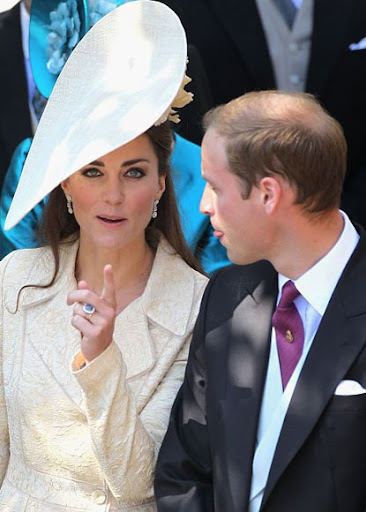The courts are handing down prison sentences to convicted rioters that are on average 25% longer than normal, according to an exclusive Guardian analysis of 1,000 riot-related cases dealt with so far by magistrates.
The data proves for the first time that the handful of high-profile individual cases – including a four-year sentence for inciting disorder on Facebook – are indicative of a more punitive general trend.
This unprecedented access to national court results reveals that 70% of defendants have been remanded in custody to await crown court trial, fuelling a surge in the prison population, which reached a record high of 86,608 in England and Wales. The Guardian's data also shows that 56 defendants of the 80 who have already been sentenced by magistrates were given immediate prison terms. This 70% rate of imprisonment compares with a "normal" rate of just 2% in magistrates courts.
More than half those imprisoned were charged with theft or handling stolen goods, receiving an average of 5.1 months. This is 25% longer than the average custodial sentence for these crimes of 4.1 months seen in courts during 2010, according to Ministry of Justice statistics. Public order offences are leading to sentences 33% longer than normal and those convicted of assaulting police officers have been jailed for 40% longer than usual.
The results reflect the limited sentencing powers of the magistrates courts, which cannot pass a sentence of more than six months for an individual offence. The Guardian analysis shows that the average prison sentence handed out by the magistrates to rioters so far is five months. This is double the usual prison sentence in the magistrates courts of 2.5 months, but that average includes many other more minor offences, including motoring offences.
Prison governors said that the huge 677-strong rise in jail numbers over the last week sparked by this more punitive approach had pitched the prison system into "an unprecedented situation". Emergency measures had been agreed with Prison Service chiefs in case the rapid rise in inmate numbers continued unabated over the next fortnight.
The Prison Governors Association said medium- to long-term measures included opening enough new and refurbished jail accommodation to avoid the normal emergency measure of using police cells.
The governors said they were confident the situation could be managed safely.
The record prison numbers are putting jails and young offender institutions under increasing pressure: there are only 1,485 spare places in the system before prison governors have to put out the "jail full" signs.
Prison Service chiefs are expected to outline the contingency measures , including increased overcrowding by doubling and even trebling inmates in cells designed for single occupation.
Prison governors had already warned that the riots had put further strains on a stretched prison system, with inmates moved out of London and Manchester to create space for rioters jailed or remanded in custody awaiting trial.
The Ministry of Justice said that its latest figures, up to noon on Wednesday, showed 1,297 people had appeared before magistrates charged with riot-related offences. A total of 772 had been remanded in custody, compared with the "normal" remand rate for serious offences of 10%.
"This is causing massive problems for prisons," said Harry Fletcher, of Napo, the probation officers' union. "There are so many of them coming through the system, it is causing considerable problems. When people are being held so far from home it causes real difficulties for their families." He said Nottingham jail alone had been sent a group of 30 prisoners from London this week.
The total prison population on Friday last week stood at 85,931, which included 607 immigration detainees. As space runs out so the potential for work, education or rehabilitation will be "zero", claims Fletcher.
The justice secretary, Kenneth Clarke, will be hoping that the developing pressures on the prison system are purely temporary, otherwise they have the capacity to derail his plans to stabilise the jail population and bring in his "rehabilitation revolution". The normal pressure valve for the prison system when it comes close to capacity is Operation Safeguard, which involves emergency use of police cells to house prisoners. But that option is now closed off as forces stay prepared for any further disturbances.
In the medium term the Prison Service may be able to add portable accommodation within existing jails, and no doubt in the longer term the prospect of a new prison ship could be raised. The service has already announced plans to close two small jails, Latchmere House in London and Brockhill prison, at Redditch, Worcestershire, next month. One option could be to postpone these closures.
A Ministry of Justice spokeswoman said that there were enough places for those being sent to prison, including in young offender institutions, following the riots: "There is substantial capacity in the prison system. We will provide prison places for those committed to custody by the courts. We are developing contingencies should exceptional pressure be placed on the prison estate."



 Boris Johnson faced furious heckling from residents clearing up wrecked parts of south London as he returned from holiday to try tosalvage his administration's battered reputation for competence.
Boris Johnson faced furious heckling from residents clearing up wrecked parts of south London as he returned from holiday to try tosalvage his administration's battered reputation for competence. Reports suggested the 29-year-old took the intensive personal protection programme recently amid fears she has become a kidnap target.
Reports suggested the 29-year-old took the intensive personal protection programme recently amid fears she has become a kidnap target.




